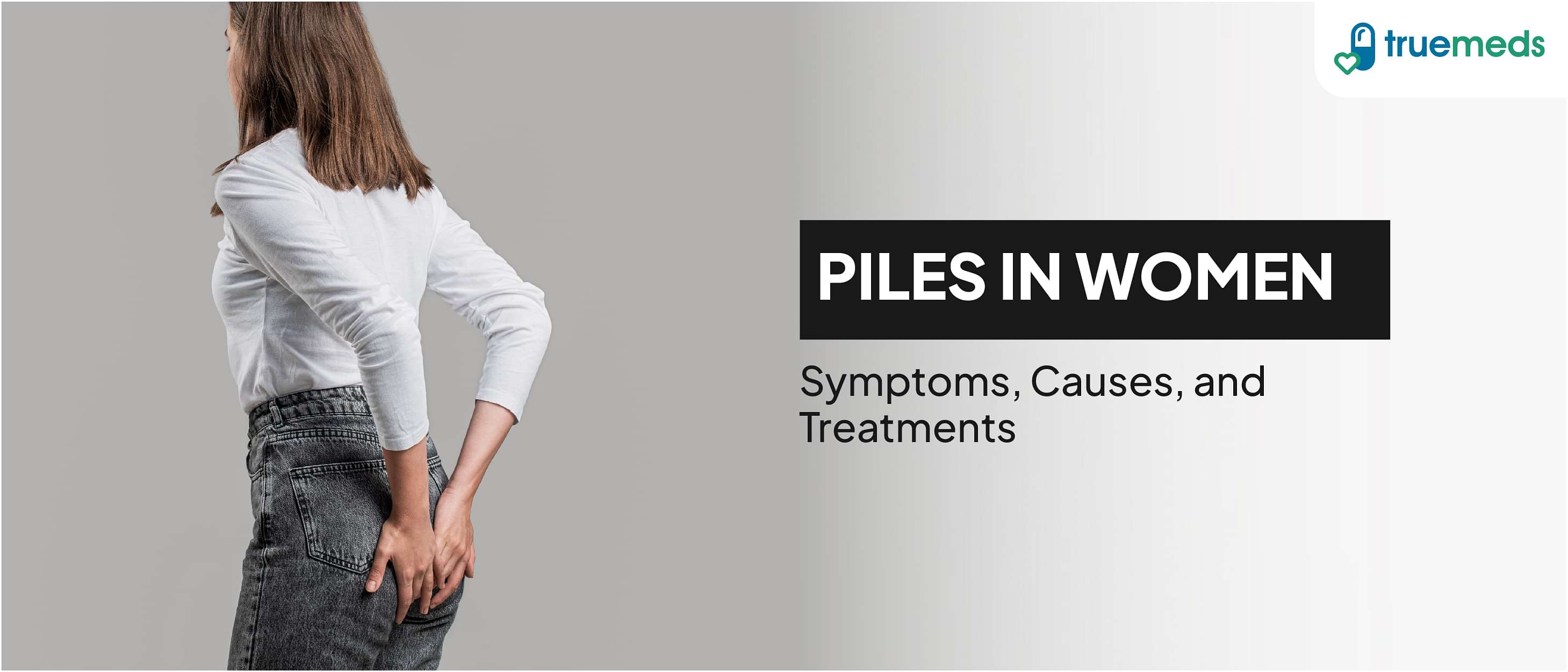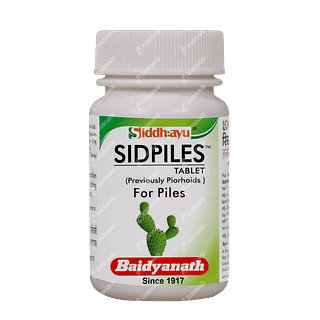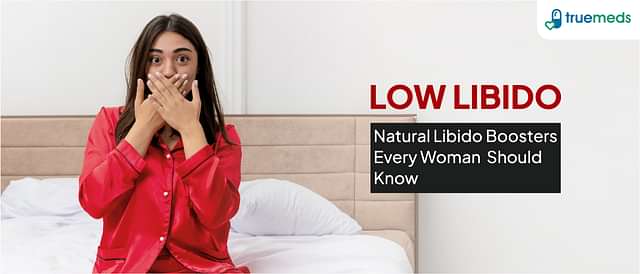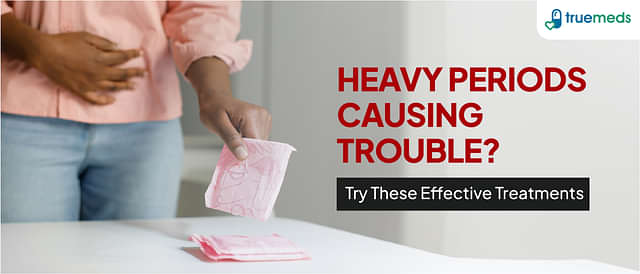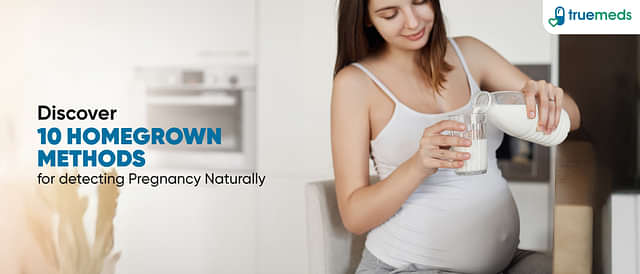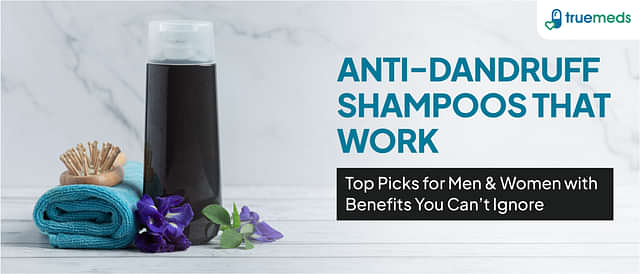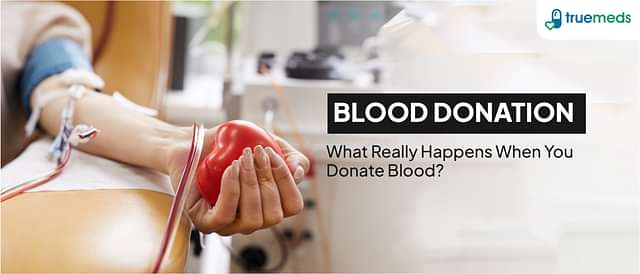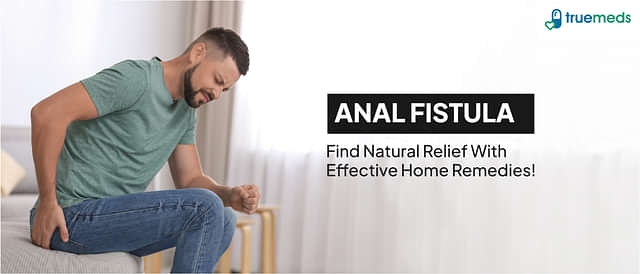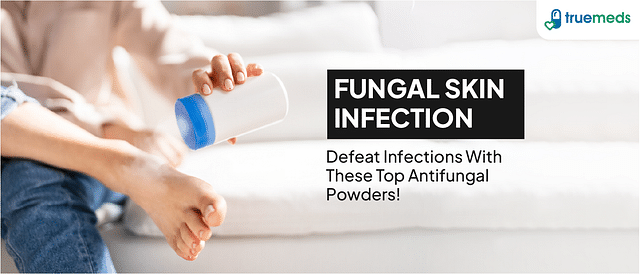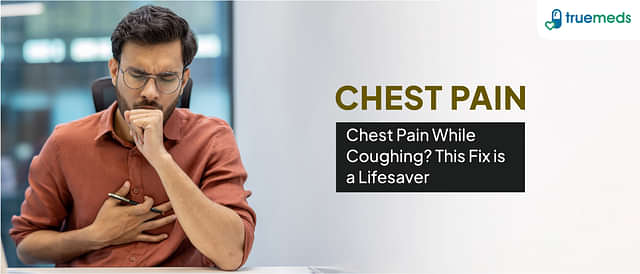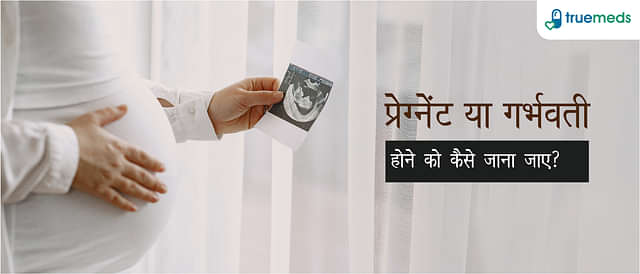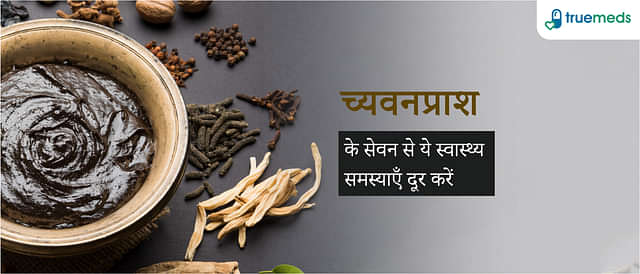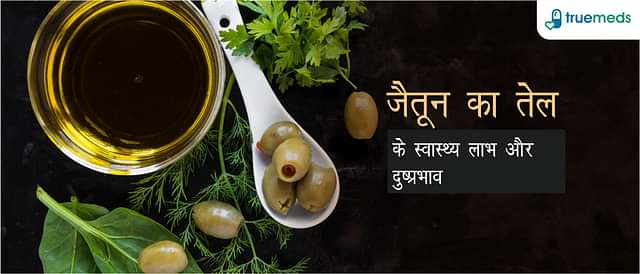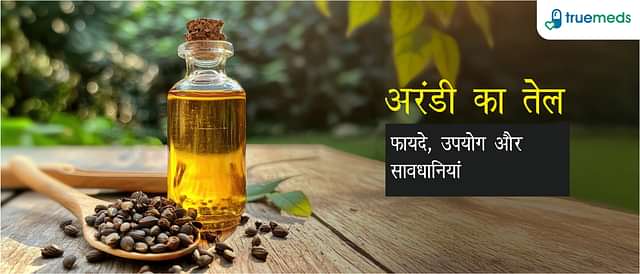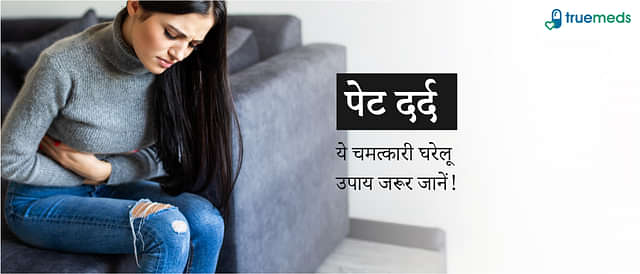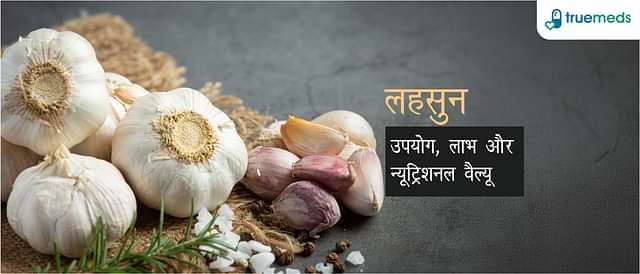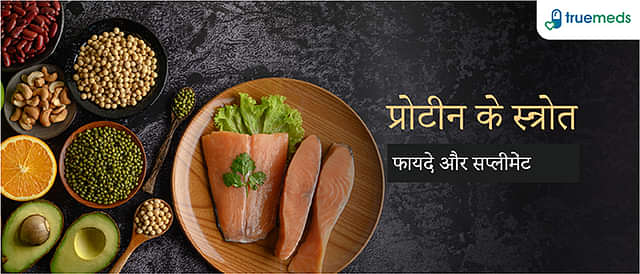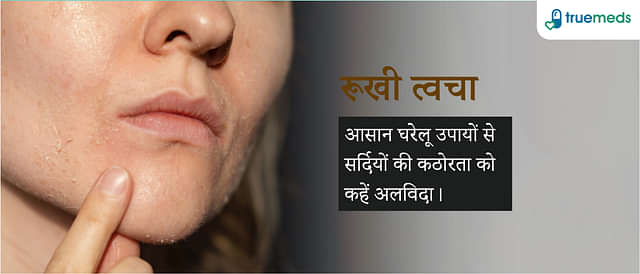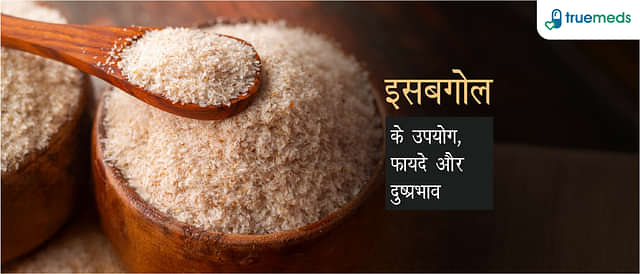Piles in Females (Hemorrhoids): Symptoms, Causes, And Treatment
Last updated on : 18 Mar, 2025
Read time : 19 min
Haemorrhoids, commonly known as piles, is a widespread yet rarely discussed condition affecting millions of women worldwide. Approximately 4.4% of the global population experiences piles, with women at higher risk due to pregnancy, childbirth, and hormonal changes. In India, nearly 40% of adults may be affected, with women facing an increased likelihood during and after pregnancy. Piles are very common, especially in women during pregnancy and after childbirth. Piles can also occur due to constipation, straining during bowel movements, or prolonged sitting. Hormonal fluctuations can also contribute to weakened vein walls, making women more prone to developing haemorrhoids. This condition is usually manageable with lifestyle changes, home remedies, or medical treatment if necessary.
Understanding piles in women is crucial for effective prevention and treatment. Read on for comprehensive information on managing and alleviating this condition.
What is Female Hemorrhoids?
Piles, medically known as haemorrhoids, are swollen blood vessels located in the lower rectum and anus. It can lead to pain, discomfort, and various other symptoms that can hamper one’s daily life.
The condition can be quite distressing, more so in females who might experience additional symptoms due to hormonal and physiological changes. The reasons behind the prevalence of piles in females are manifold. The increased pressure from the growing foetus during pregnancy often aggravates the symptoms. In fact, it’s estimated that between 25%-35% of pregnant women deal with this condition.
Recognising the symptoms of piles in female patients is the first step towards obtaining appropriate treatment. This leads us to our next section – identifying the early signs and symptoms of piles.
Types of Haemorrhoids in Women
Haemorrhoids in women are classified into internal (inside the rectum, usually painless but may bleed) and external (around the anus, often painful with swelling, itching, or bleeding).
1. Internal Haemorrhoids
- Located inside the rectum and usually not visible.
- Generally painless but may cause bleeding during bowel movements.
- In some cases, prolapse outside the anus, leading to discomfort or pain.
2. External Haemorrhoids
- Develop under the skin around the anus, appearing as lumps or swelling.
- Often painful, especially when sitting or during bowel movements.
- May cause itching, irritation, and occasional bleeding.
Symptoms of Piles in Females
The symptoms of piles in females vary based on the type and severity. Common signs include itching, pain, swelling, bleeding during bowel movements, and discomfort while sitting for long periods. These are key symptoms women should watch for.
- Pain and Discomfort: Women with piles frequently experience pain, especially during bowel movements. This discomfort can also affect other activities such as sitting or walking, disrupting daily life.
- Bleeding: Bright red blood on toilet paper or in stool may indicate ruptured blood vessels in the swollen anal area. While the bleeding is usually not severe, immediate medical attention is recommended for a proper diagnosis.
- Swelling and Itching: Anal itching is a common symptom of piles in women, often caused by swollen blood vessels or lumps around the anus. These can be painful and may protrude during bowel movements.
- Mucous Discharge: Mucous discharge in piles results from inflammation and irritation in the anal canal. The enlarged blood vessels can cause an increase in mucus production, which may leak out, leading to discomfort and staining of undergarments.
- Changes in Bowel Habits: Alterations like constipation or diarrhoea can cause excessive pressure during bowel movements, worsening the condition of piles.
- Feeling of Incomplete Bowel Evacuation: Women with piles may often feel as though their bowels are not completely emptied, even after a bowel movement. This sensation can lead to repeated straining, which further aggravates the condition.
Causes of Piles in Females
Effective preventive measures can be taken by understanding the causes of piles in females. Several factors contribute to the development of piles in females:
- Pregnancy: The growing foetus exerts pressure on the pelvic region, causing blood vessels in the anal and rectal areas to enlarge. Additionally, hormonal changes during pregnancy can promote the development of piles.
- Constipation: Constipation is a major risk factor for piles. A low-fibre diet can worsen constipation, leading to increased pressure on the anal area.
- Diarrhoea: Chronic diarrhoea can irritate the anal region, resulting in inflammation and swelling, eventually leading to haemorrhoids or piles in females.
- Prolonged Sitting: Occupations or activities that require extended periods of sitting can increase the pressure on the anal veins, increasing the likelihood of piles.
- Obesity: Excess weight can elevate pelvic pressure, making women more prone to haemorrhoids.
- Heavy Lifting: Regularly lifting heavy objects can exert pressure on the anal area, potentially leading to the development of piles.
- Age: With age, connective tissues in the rectal area deteriorate, making blood vessels more susceptible to swelling and increasing the risk of haemorrhoids in females.
| Did You Know! Stress can indirectly contribute to the risk of developing piles by causing digestive problems like constipation or diarrhoea, often due to factors such as poor lifestyle choices and irregular meal patterns. |
Complications of Female Hemorrhoids
While often regarded as a minor issue, the potential complications associated with haemorrhoids can significantly impact a woman’s health and quality of life. Here are the potential complications related to female haemorrhoids:
- Bleeding: Persistent bleeding from piles can lead to anaemia, characterised by fatigue and weakness due to decreased red blood cells.
- Prolapse: Internal haemorrhoids may protrude beyond the anus, a condition known as prolapse. This can result in increased pain and may necessitate surgical intervention to relieve symptoms.
- Thrombosis: External haemorrhoids can develop blood clots, causing sharp pain and swelling. This condition often requires medical treatment to prevent further complications.
- Infection: The irritation and inflammation associated with piles in females can increase the risk of infection in the anal area. Infections can lead to additional problems, such as abscess formation, which might require more intensive medical treatment.
- Faecal Incontinence: In severe cases, piles can disrupt normal bowel function, leading to accidental leakage of stool, also known as faecal incontinence. This can significantly impact personal hygiene and daily activities.
- Skin Tags: After external haemorrhoids resolve, excess folds of skin, known as skin tags, may develop. These can become irritated and cause discomfort, sometimes requiring surgical removal.
Prevention of Piles in Females
Prevention is always better than cure, and this holds true even for piles. Now that we are aware of the various causes and symptoms, let us take a look at some effective strategies that women can adopt to significantly reduce the risk of developing piles:
- Increase Fibre Intake: Consuming a diet high in fibre from fruits, vegetables, and whole grains helps soften stools and promotes regular bowel movements, thereby lowering the risk of piles.
- Stay Hydrated: Drinking an adequate amount of water aids digestion and helps prevent constipation, which is a major contributor to the development of haemorrhoids in females.
- Regular Exercise: Engaging in physical activity, such as yoga, pilates, walking, or swimming, enhances bowel function and reduces pressure on pelvic veins, helping to prevent piles and support overall well-being.
- Avoid Prolonged Sitting: Extended periods of sitting can increase pressure on the anal area. Taking short breaks to stand or walk can help alleviate this pressure and reduce the risk of haemorrhoids.
- Practice Good Toilet Habits: Straining can worsen piles. Avoid delaying or interrupting bowel movements and go to the toilet as soon as you feel the urge to prevent haemorrhoids.
- Maintain a Healthy Weight: Obesity adds pressure to the pelvic region, thus maintaining a healthy weight can help prevent piles and manage haemorrhoids more effectively.
- Manage Stress: Managing stress effectively can lower the risk of piles by preventing digestive issues like constipation and diarrhoea. Meditation, relaxation exercises, regular breaks, and healthy eating can be beneficial.
| Tips to Minimise the Risk of Piles: By incorporating three key preventive measures into your daily routine, you can significantly reduce the risk of developing piles: Have a fibre-rich diet. Stay hydrated. Aim for a physically active lifestyle. |
Read More – Home Remedies for Constipation
Diagnosis of Piles in Females
Diagnosing piles involves a comprehensive approach combining physical examination and medical history. Here’s an overview of the key steps:
- Physical Examination: The doctor will conduct a detailed examination of the anal area to detect any swelling, lumps, or bleeding. This may include a digital rectal examination (DRE) or the use of a proctoscope.
- Medical History: The doctor will inquire about the patient’s symptoms, such as pain, itching, bleeding, and changes in bowel habits. Understanding the severity and duration of these symptoms is crucial for accurate diagnosis.
- Additional Tests: If symptoms suggest other digestive issues or if there are risk factors for colorectal cancer, further tests like a colonoscopy might be recommended. This helps rule out other conditions and ensures comprehensive care.
These crucial steps help get a clear diagnosis of piles in women and figure out the best way to treat it.
Treatment of Female Hemorrhoids
The treatment for piles in females can vary based on the severity of the condition and personal preference. Let’s learn about some of the available treatment options:
- Minimally Invasive Procedures: For moderate-to-severe haemorrhoids, procedures such as rubber band ligation and sclerotherapy are effective. These methods are quick and require minimal recovery time.
- In rubber band ligation, a band is placed around the base of the haemorrhoid to stop its blood flow, leading it to shrink and eventually fall off.
- Sclerotherapy consists of injecting a chemical solution into the haemorrhoid to reduce its size.
- Surgical Interventions: When other treatments are ineffective, surgical options like haemorrhoidectomy (removal of haemorrhoids) or laser surgery may be necessary. Haemorrhoidectomy involves surgically removing the haemorrhoids, while laser surgery uses a laser to remove them. Both aim to provide long-term relief from symptoms.
- Alternative Therapies: Alternative treatments such as acupuncture, which may relieve pain and reduce inflammation, and biofeedback therapy, which improves bowel habits, can be beneficial. Warm sitz baths and herbal remedies may also support piles management and overall vascular health.
Medication for Piles in Females
A variety of medications can be used to manage piles and its symptoms. These aim to offer relief from pain and discomfort associated with this condition.
- Topical Treatments: Some readily available over-the-counter ointments offer temporary relief and are often considered to be the first line of treatment. These can aid in reducing inflammation, itching, and discomfort associated with piles.
- Oral Pain Relievers: Non-steroidal anti-inflammatory drugs (NSAIDs) are often used to alleviate the pain and discomfort caused by piles. It’s important to note that while these medications help manage symptoms, they do not address the underlying condition.
- Fibre Supplements: Dietary changes are often recommended as part of the treatment for piles. However, if these alone are insufficient, you can opt for fibre supplements like psyllium husk to soften stools and promote regular bowel movements.
- Prescription Medications: For severe cases of piles in females, a doctor may prescribe stronger medications. These may include topical anaesthetics or corticosteroids to manage inflammation and pain more effectively.
Key Takeaways
Piles in females can be an uncomfortable condition to deal with. However, knowing the symptoms and causes, along with maintaining a healthier lifestyle, can go a long way towards prevention and improved management. To avoid complications, seek medical advice at the earliest if you notice any worrying signs. Regular follow-ups with your family doctor are also necessary to monitor the progression of piles and adjust treatment as needed.
Top 5 Products for Piles
| SR. NO. | PRODUCTS |
| 1. | Piles Cure Tablet |
| 2. | Himalaya Pilex Tablet |
| 3. | Piles Cure Cream |
| 4. | Himalaya Pilex Forte Ointment |
| 5. | Baidyanath Sidpiles Tablet |
1. Piles Cure Tablet
An Ayurvedic formulation that helps relieve haemorrhoid symptoms by reducing pain, inflammation, and itching. It supports digestive health, relieves constipation, and promotes healing of rectal tissues. Effective for both internal and external piles, it provides safe and natural relief from anorectal disorders.
2. Himalaya Pilex Tablet
A herbal supplement designed to manage pain and discomfort caused by haemorrhoids. It helps reduce swelling, improves blood circulation, and supports the healing of affected tissues. Additionally, it relieves constipation and promotes vascular health for overall anorectal well-being.
3. Piles Cure Cream
It is a soothing herbal formulation that provides fast relief from pain, itching, and burning sensations caused by haemorrhoids. It helps reduce swelling and promotes the healing of rectal tissues. The cream also offers a cooling effect, ensuring comfort and relief from both internal and external piles.
4. Himalaya Pilex Forte Ointment
This ayurvedic formula helps reduce haemorrhoidal pain, itching, and inflammation. It supports the healing of anal fissures and swollen veins while improving blood circulation in the affected area. Its natural ingredients provide long-lasting relief and promote overall anorectal health.
5. Baidyanath Sidpiles Tablet
This Ayurvedic formulation helps relieve mild symptoms of haemorrhoids, including pain and discomfort. It helps soften stools, promoting smooth bowel movements and supporting digestive health. With its astringent and cooling properties, it soothes irritation and aids in faster healing.
Frequently Asked Questions (FAQs)
Yes, pregnancy can increase the risk of developing piles due to increased pressure on the pelvic region.
With appropriate treatment, including lifestyle changes and medical procedures such as surgery, piles can be permanently cured in many cases.
Treatment of piles in girls usually involves a combination of lifestyle modifications and over-the-counter or prescription medications. In severe cases, surgery might be necessary.
To halt the progression of early-stage piles, maintain a high-fibre diet, stay hydrated, avoid straining during bowel movements, and seek medical advice at the earliest.
Processed foods, spicy foods, alcohol, and low-fibre items like white bread and pastries are best kept at bay if you have piles. These foods can worsen your symptoms by causing constipation or irritating your digestive system. Stick to high-fibre foods for better management of piles.
References
Disclaimer
Our healthcare experts have carefully reviewed and compiled the information presented here to ensure accuracy and trustworthiness. It is important to note that this information serves as a general overview of the topic and is for informational purposes only. It is not intended to diagnose, prevent, or cure any health problem. This page does not establish a doctor-patient relationship, nor does it replace the advice or consultation of a registered medical practitioner. We recommend seeking guidance from your registered medical practitioner for any questions or concerns regarding your medical condition.
Popular Articles
Recommended Articles
Recent Articles
Top-Selling Medicines:
...View more
Top-Selling OTC:
...View more
Subscribe
Registered Office Address
Grievance Officer
Download Truemeds

Contact Us
Our customer representative team is available 7 days a week from 9 am - 9 pm.
v3.7.5
Our Payment Partners









